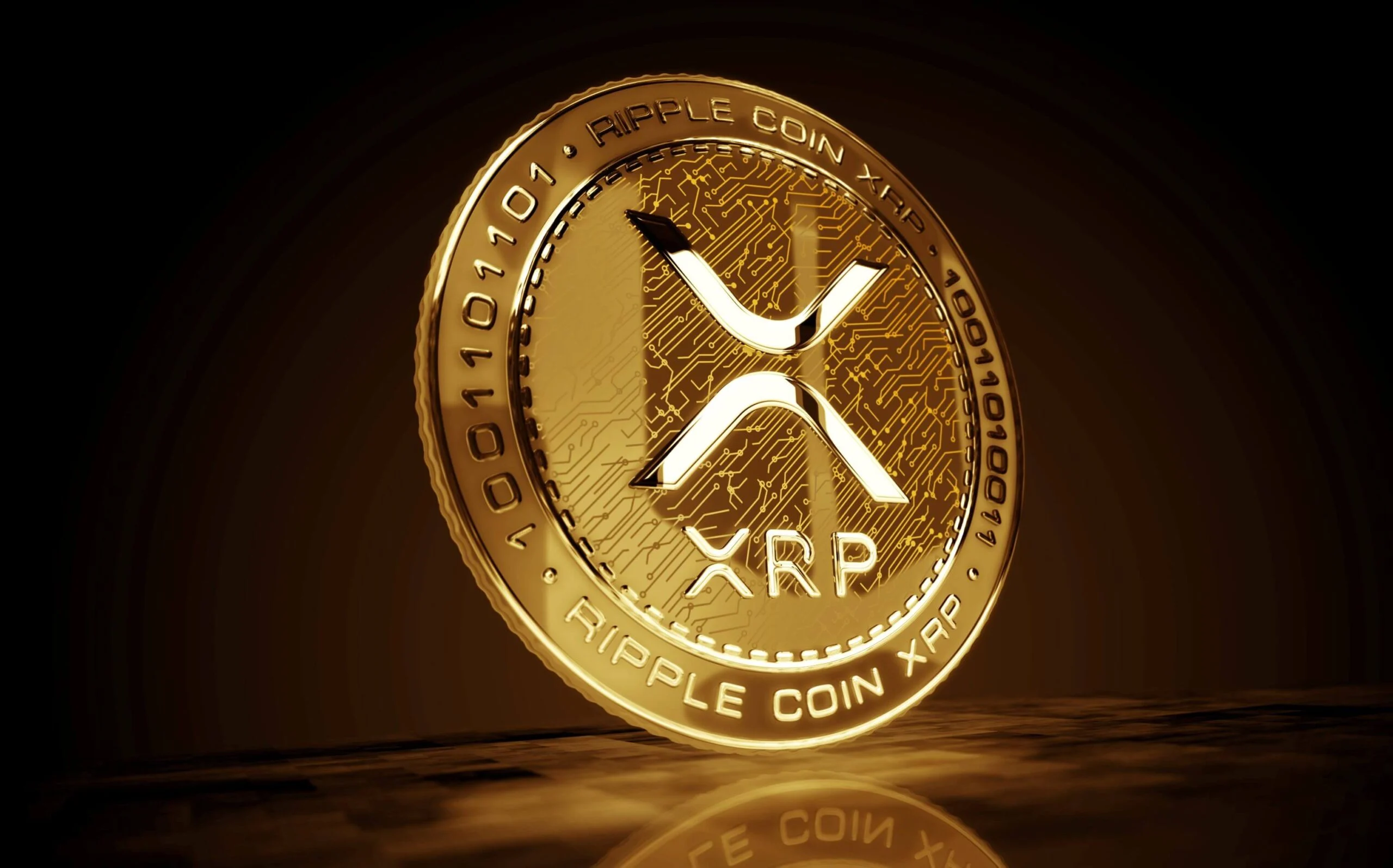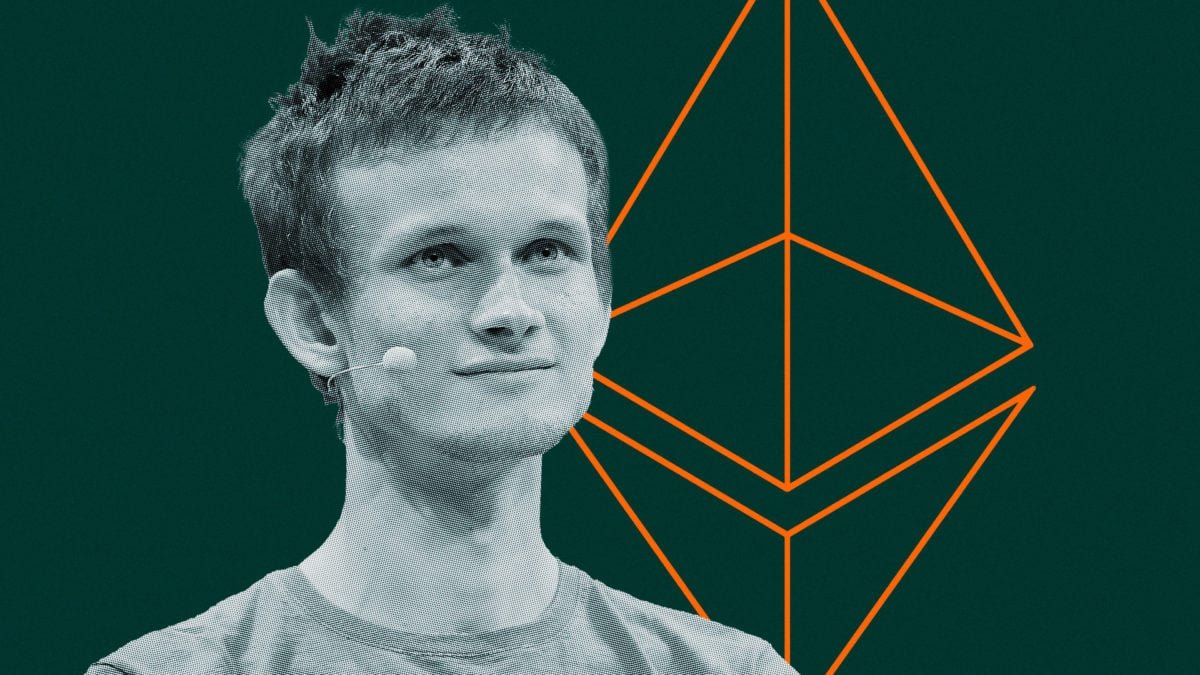Small Setups, Big Wins: Is Solo Bitcoin Mining Making a Comeback?

Solo Bitcoin mining is experiencing a surprising resurgence, with individual miners landing full block rewards even as the network’s hashrate pushes near record highs. This unexpected winning streak has reignited interest in solo mining particularly as cutting-edge ASIC hardware and decentralization incentives reshape what’s possible for independent operators.
Solo Miners Score Big Against All Odds
The Bitcoin network’s hashrate currently hovers around an enormous 902 exahashes per second (EH/s), according to Blockchain.com. This level of competition makes it statistically improbable for individual miners to solve a block. Yet, some solo miners are beating the odds:
- In late July, a lone miner using the Solo CK pool successfully mined block 907,283 and claimed the full 3.125 BTC block reward worth over $372,000 at the time plus an additional $3,436 in transaction fees.
- Similar solo mining triumphs have been reported in previous months, with miners running as little as 2.3 petahashes per second (PH/s) of hashpower securing full block payouts worth hundreds of thousands of dollars.
- While these victories are rare given current network difficulty, they demonstrate that even home-based miners stand a chance in today’s landscape.
ASIC Efficiency: Leveling the Playing Field
According to Samuel Li, CTO at ASICKey, the key driver behind this trend is the evolution of modern ASIC mining rigs. Innovations like the KEYMINER A1 deliver 1,100 TH/s on Bitcoin at just 650W of power consumption, enabling monthly profits of around $1,200 and much higher for altcoins.
“Solo miners are winning not out of sheer luck, but because they’re deploying powerful and efficient hardware,” Li notes. The latest ASIC models offer impressive hashrate output without the massive energy drains of earlier generations, allowing small-scale miners to compete.
However, Li cautions that even with efficient ASICs, solo mining remains largely a numbers game. At present network difficulty, a miner with 1 PH/s has only a 1 in 650,000 chance of solving a block every 10 minutes a daunting lottery unless you control tens of PH/s.
Why Are More Miners Going Solo?
The resurgence in solo mining is driven by a mix of motivations:
- Potential for Big Rewards: Rather than splitting rewards with a pool, solo miners have a chance to claim the full block reward now over $350,000 if they win.
- Ideological Values: Some are attracted by the principles of decentralization, independence from large mining pools, and a desire to support the original ethos of Bitcoin.
- Network Decentralization: More solo miners mean less concentration of hashrate among a few dominant pools, reducing the risk of a 51% attack.
Centralization vs. Decentralization: The Network Health Debate
According to Hashrate Index, major US-based pool Foundry USA currently controls nearly 30% of Bitcoin’s total hashrate, with AntPool, ViaBTC, and F2Pool following behind. If just a handful of pools were to exceed 50% of the network’s hashing power, they could theoretically stage a 51% attack undermining trust in Bitcoin’s integrity.
Growing interest in solo mining, especially among those using renewable energy and modern ASICs, may help keep the network more decentralized and resilient.
The Future of Solo Bitcoin Mining
While solo mining is still mostly about long-shot luck, improvements in ASIC mining hardware are making it more attainable for small operators to dream big. As efficient, low-power machines lower entry barriers, solo miners are reminded of both the risks and the rewards of going it alone.
Whether motivated by the hope of a life-changing payout or a commitment to decentralization, today’s solo miners are quietly playing an important role in the security and health of the Bitcoin network.
As the landscape evolves, solo mining’s blend of technological innovation and old-school luck makes it a fascinating and increasingly viable option for crypto enthusiasts looking to make their mark on Bitcoin’s history.







